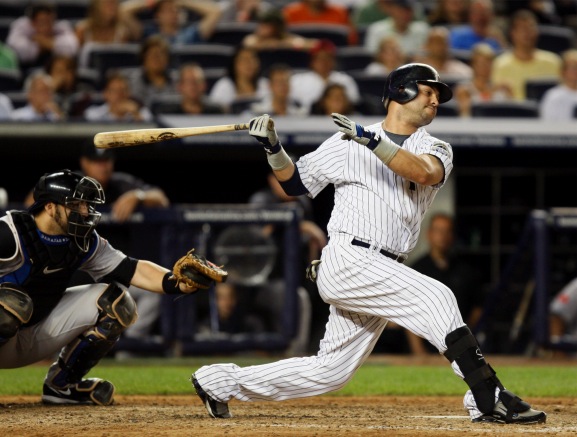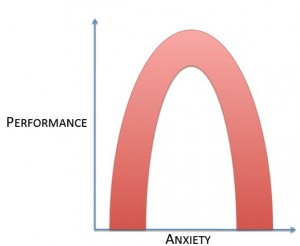RAB fave Keith Law chimes in on the Yanks’ left field situation in Rumor Central today, saying that the Yanks should just stick with Brett Gardner in left because of his defense. “Either Nady or (Reed) Johnson represent marginal improvements that may not justify the cost,” says KLaw. “Neither is really a full-time player. Johnson is strictly a platoon player, and can back up Granderson, but they have Gardner for that. Nady, even when healthy, was a platoon guy until ’08.” The Yanks’ offense is good enough that they could carry a black hole in left, and there’s no reason for them to fix something that we aren’t completely sure is broken yet.
“Eventually, some other option will emerge,” KLaw adds, “and there’s no reason for the Yanks to spend money on left field simply for the sake of spending money.”

